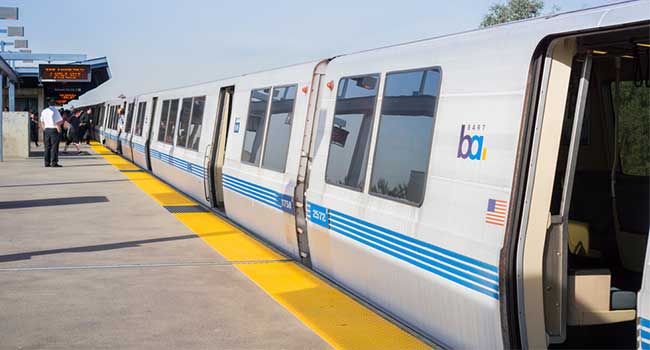
San Francisco BART Approves LPR Technology
The readers will record license plate information of vehicles inside BART parking lots when they enter and leave
- By Sydny Shepard
- Apr 29, 2019
San Francisco's BART will once again move forward with equipping its parking lots with license plate reading technology despite privacy concerns, after a vote by the BART Board of Directors.
The location of the four cameras has yet to be revealed, but the readers will record license plate information of vehicles inside BART parking lots when they enter and leave.
The surveillance technology automatically concerts images of license plates into text readable by machines, which then link to known crime databases like Be On the Lookout Alerts, AMBER and SILVER alerts to match the license plate vehicles of interest to law enforcement agencies.
BART hopes the new technology will help to reduce theft at the parking lots, which cost BART riders some $7 million in property damage and theft annually, according to the agency. BART parking lots saw 1,178 auto burglaries in 2017, and 930 in 2018.
The program was previously approved, but was delayed because of privacy concerns. Some argued the policy would be another brick in the road towards transforming the Bay Area into a surveillance state.
BART's manager of security programs, Mimi Bolaffi, said that BART would be instituting a 30-day retention policy, down from one year in a previous proposal. The license plate data would be stored with the Northern California Regional Intelligence Center, which does not share information with ICE or other immigration agencies.
About the Author
Sydny Shepard is the Executive Editor of Campus Security & Life Safety.